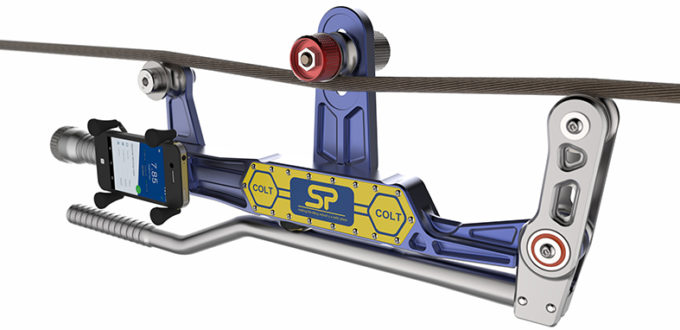Tensology has used Crosby Straightpoint’s Clamp On Line Tensionmeter (COLT) to measure tension on eight .74 in (19mm) diameter ropes that lift a heavy, 50t capacity elevator at a major UK steel facility.
Read MoreCrosby supports end user in $1.2 billion baseball stadium and entertainment venue project
A Crosby end user, a construction company, has the lead for a new state-of-the-art baseball stadium. The project includes a $250 million upscale entertainment venue including a variety of restaurants, cocktail bars, and a luxury boutique hotel.
Crosby has been closely involved since the project broke ground in fall of 2017 providing on-site rigging clinics and technical support for the construction every step of the way.
Read MoreGranite Construction selects Crosby products and training for New York bridge project
In 2018, a New York City bridge project was awarded to Crosby end user Granite Construction.
Granite Construction’s extensive scope of work on the project and strong focus on health and safety lead them to partner with Crosby and several Crosby distributor partners to source their rigging gear. The preference for Crosby products combined with on-site safe rigging clinics enabled a high level of safety awareness on the job site.
Read MoreQ&A: Hooks with latches, with Roger Ohman III
Roger Ohman III is the director of engineered solutions at Crosby.
Does OSHA require the use of latches on hooks?
It depends. There is no specific language that states you must always use a latch. OSHA 1910.181(j)(2)(ii) Derricks states, “Safety latch type hooks shall be used wherever possible.” 1910.184(c)(6) states, “Slings shall be securely attached to their loads.”
Using a latch would be one way of securely attaching a sling to its load. Other methods may be to use a shackle, or to “mouse” the hook using wire, but a latch is likely much more convenient.




